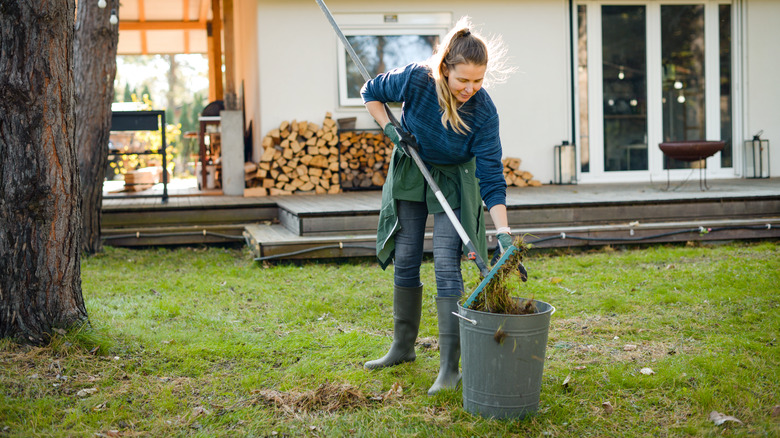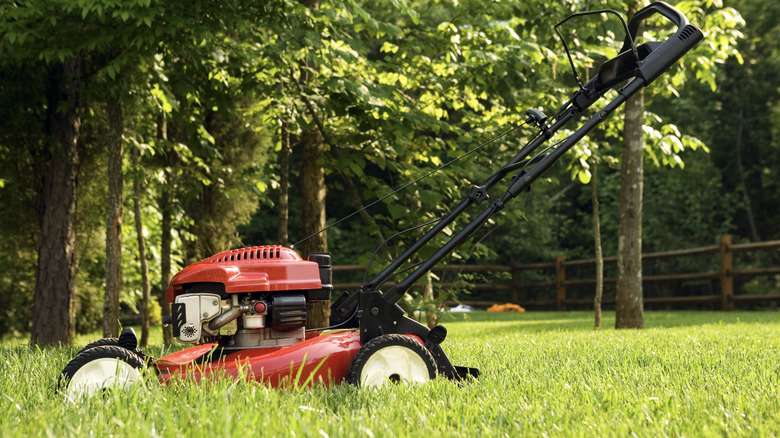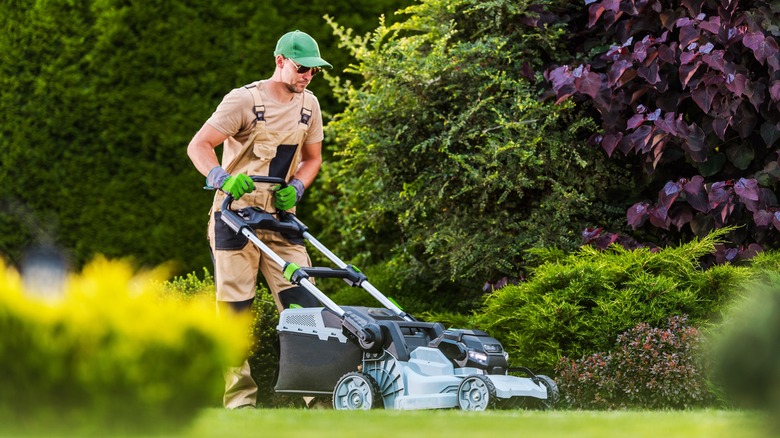When spring rolls around, the question of when to start mowing comes along with it. The right timing is crucial for your lawn’s health and vigor as the season progresses. Mow too early, and you might damage the tender, young grass trying to recover from winter. Wait too long, and you might find yourself with an unruly, overgrown lawn. The trick is to watch closely because there’s no blanket answer for the perfect mowing time — it hinges on how fast your grass grows and the weather patterns in your area. While some regions battle the leftover chill of ground freeze, others may wrestle with soggy conditions from spring showers. It’s important to assess your lawn carefully under these conditions.
Also, get to know the best height for your lawn’s cool-season grasses. In cooler climates like Minnesota, you’re aiming for a grass height of about 2 to 2.5 inches after cutting. This means starting your mowing when the grass is about 3 to 3.75 inches tall, ensuring you’re only taking off a third of the grass blade to promote healthy growth. If you’re not sure when to begin, a solid starting point is to wait until the grass is at least 2 inches high and the temperature has been steadily over 40 degrees Fahrenheit. This way, you’re giving your lawn the green light to grow strong without jumping the gun or lagging behind.
Preparing your lawn and mower for the first cut

Before you start mowing this spring, make sure your grass isn’t wet. Think of your lawn less like a waterlogged sponge and more like a dry, ready-to-trim carpet. Mowing it while it’s still soggy can not only mess up your mower but also lead to uneven cuts and clumping, which isn’t good for your lawn’s health or appearance. Now, about your mower: Give it a once-over before you start, making sure the blades are sharp and clean. This isn’t just about making your mower’s job easier — it’s about ensuring your grass gets a smooth cut, encouraging healthy growth. Also, take a walk around your lawn. Look out for any debris, like sticks and leaves that could get in the way or damage your mower. While you’re at it, it’s a good time to spot any bare patches or weeds needing some TLC before the season kicks into gear.
When it comes to that first mow, resist the urge to go too short. Sure, a closely cropped lawn looks tidy, but giving your grass a bit more height early in spring does wonders. Most importantly, it helps roots grow deeper and keeps your lawn healthier. As the weeks go by, adjust the mowing height based on what kind of grass you’re growing. Types like Bermudagrass do just fine even if you cut them down to ½ inch. But if you’ve got a cooler-weather friend like fescue, keep it at least 2 inches tall to keep it happy.
After the first cut: establishing a mowing routine

After you’ve given your lawn its first trim of the season, stick to a regular mowing schedule to keep it in tip-top shape. Try to mow once a week to keep everything looking neat and even. Most lawns do best with grass about 1 to 1.5 inches tall during spring. But if your lawn’s a busy place, with lots of feet trampling over it, let the grass grow a bit taller — around 2 inches so it can really bounce back from all that activity. If you’ve got shady spots, let the grass there get a bit longer (around 3 inches) to make sure it stays healthy even without much sunlight.
When summer starts making itself known and the heat cranks up, you might want to mow a bit more often, like twice a week, especially if the weather is really dry. Dialing it back to once a week is fine when there’s not much rain. And here’s a hot tip: Lift those mower blades when the weather’s hot. Taller grass handles drought better, keeps a nicer color, and is more resilient overall. So, it’s not just about that initial mow — it’s all about how you look after your lawn as the seasons change. Regular mowing, adjusting the height as needed, and staying on top of the weather can make all the difference, helping your lawn stay lush and green from spring right into summer.




